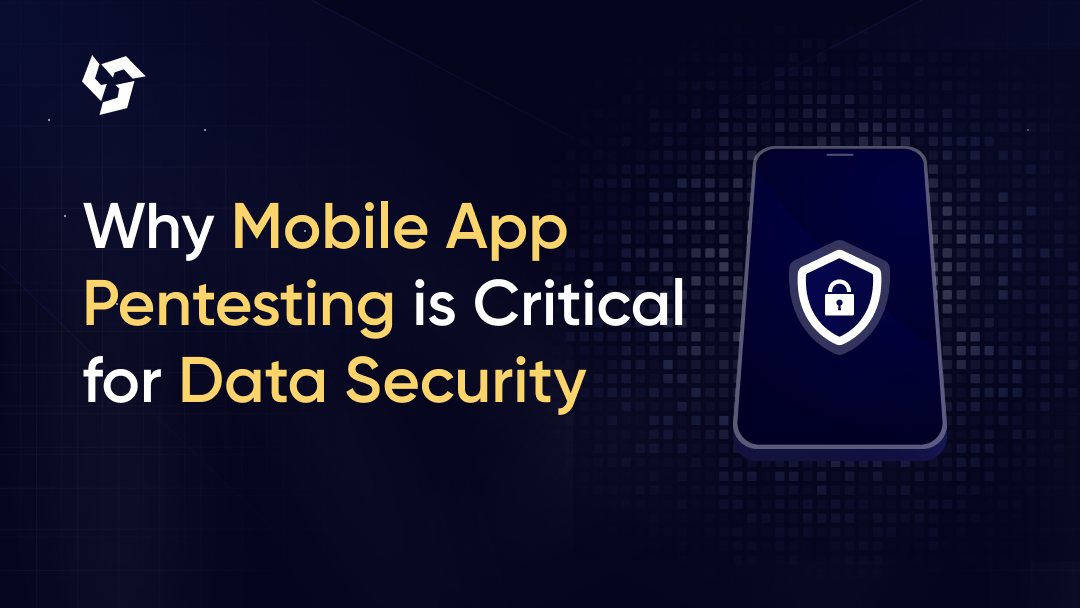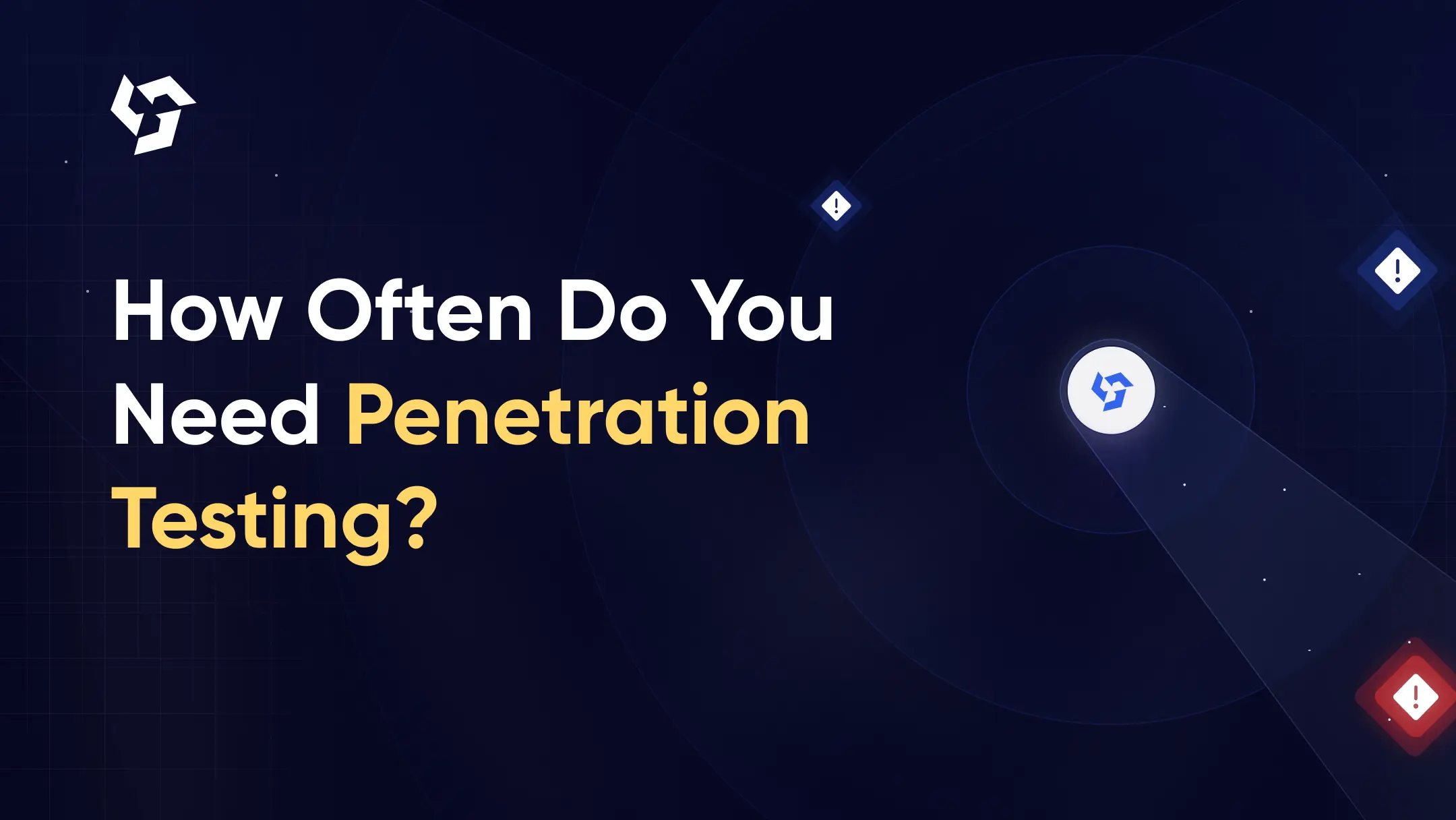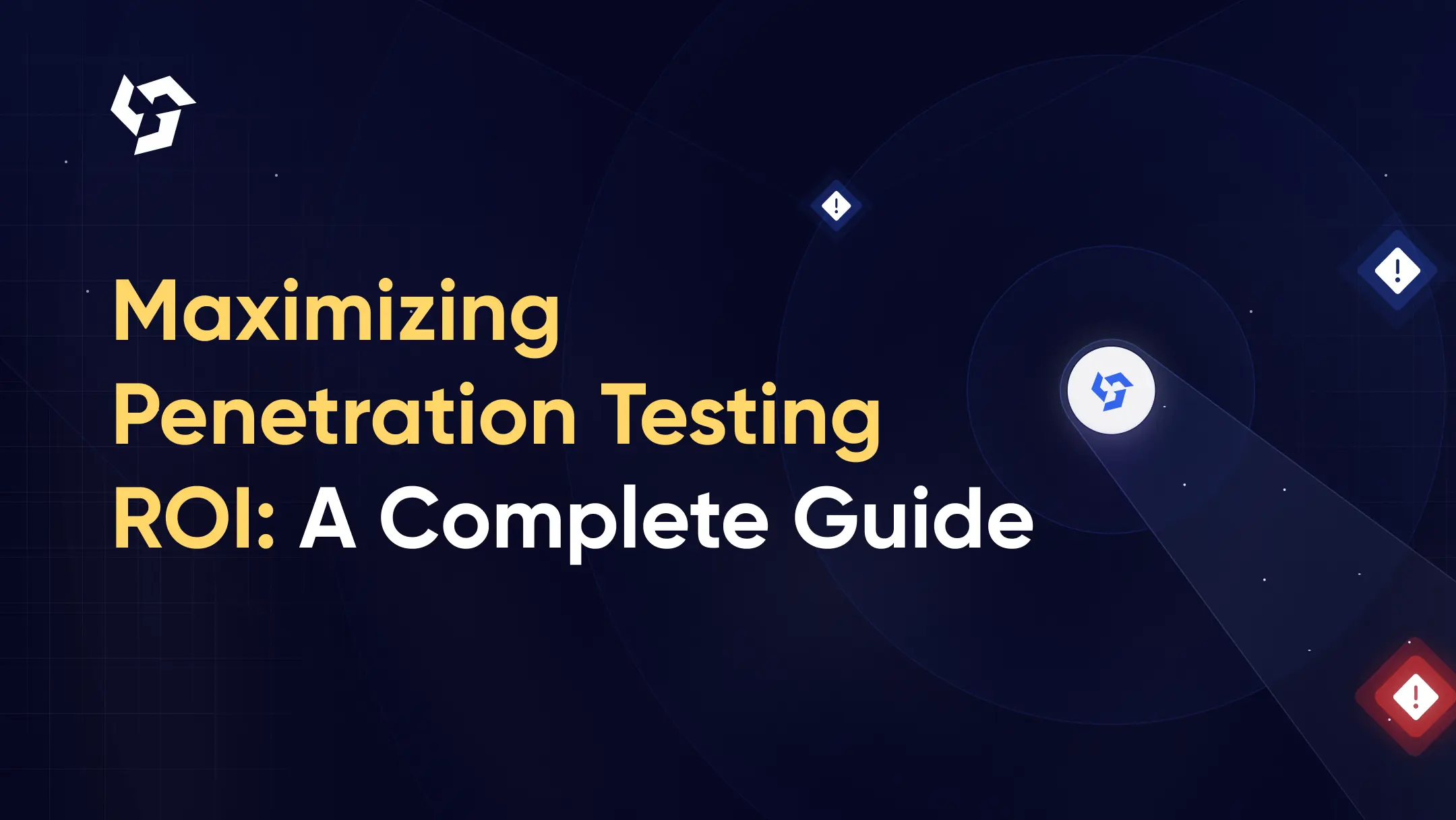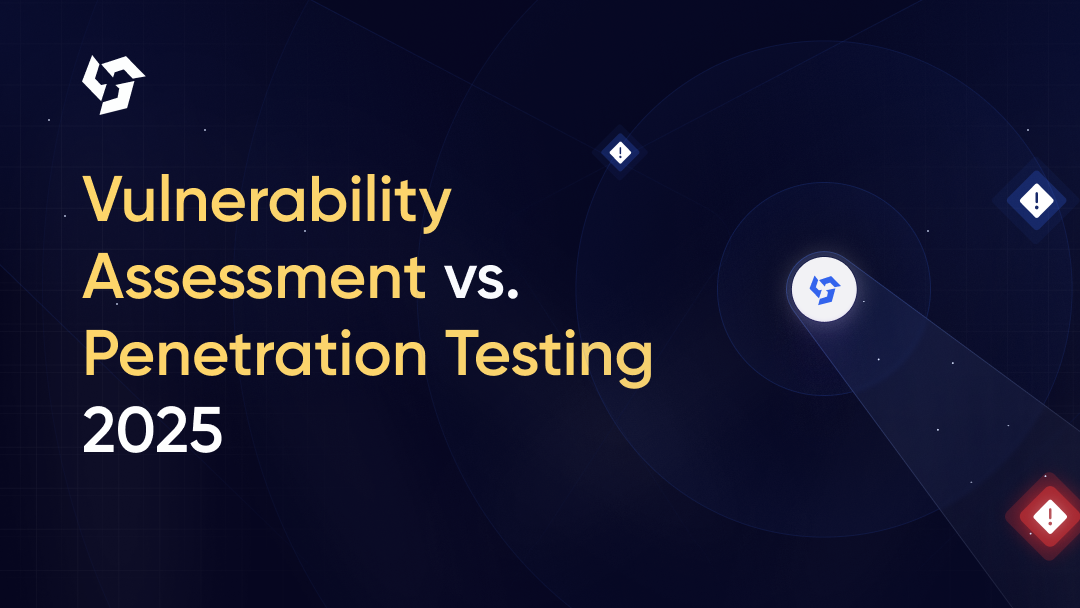Mobile app penetration testing is the process of simulating real-world attacks on mobile applications to identify vulnerabilities across client-side code, APIs, authentication flows, and backend integrations.
As mobile-first adoption grows across sectors, the attack surface expands, especially with custom APIs, third-party SDKs, and fragmented device ecosystems. While secure coding is foundational, it doesn’t address runtime risks or misconfigurations.
That’s why dedicated mobile app pentesting is essential to uncover logic flaws, insecure storage, broken cryptography, and API abuse before attackers do.
tl;dr: Mobile app penetration testing uncovers real-world risks like insecure storage, weak authentication, hardcoded secrets, and vulnerable APIs. It’s essential before major releases, after backend changes, or as part of regular security audits. A solid pentest covers iOS and Android, simulates attacker techniques, and maps findings to OWASP and compliance needs. AppSecure delivers platform-aware, manual mobile app pentests with actionable remediation and retesting support.
Key Threat Vectors in Mobile Applications
Let’s first look at the key threat vectors that make mobile applications highly attractive to attackers:
- Insecure data storage on device
Mobile apps frequently store sensitive data such as tokens, credentials, or user information on the device using local storage mechanisms like SQLite, plist files (iOS), or SharedPreferences (Android).
If this data isn’t encrypted or protected by the device’s secure storage APIs (like Android Keystore or iOS Keychain), an attacker with device access or malware can extract it. Pentesters check for improper storage permissions, lack of encryption, and insecure fallback mechanisms in storage implementations.
- Weak or broken authentication
Authentication flaws allow unauthorized access to user accounts or app features. Mobile apps often delegate auth to the backend but still implement client-side checks, making them vulnerable to bypasses.
Testing focuses on token generation flaws, weak session validation, and hardcoded bypasses. Tools like Frida and Burp Suite are used to intercept and manipulate authentication flows, simulate replay attacks, and check for MFA enforcement.
- Insecure communications
Without strong TLS enforcement and certificate pinning, attackers can intercept and modify data in transit. Mobile apps that don’t properly validate certificates are susceptible to man-in-the-middle (MITM) attacks, especially on compromised networks.
Pentesters use proxy tools to intercept traffic and test whether the app accepts forged certificates, uses deprecated cipher suites, or exposes unencrypted endpoints.
- Hardcoded secrets and credentials in APK/IPA files
One of the most frequent issues in mobile apps is the inclusion of sensitive information like API keys, OAuth tokens, or encryption secrets directly in the source code.
Tools like JADX or Ghidra are used to decompile the app and look for hardcoded values, build-time debug info, or unintentionally exposed API endpoints that attackers can exploit directly from the binary.
- Inadequate jailbreak/root detection
Running an app on a rooted or jailbroken device significantly weakens platform-level security. If the app doesn’t detect these environments, attackers can bypass security controls, inject malicious code, or extract private data.
Penetration testers simulate root/jailbreak conditions and verify whether the app responds appropriately, such as exiting securely, limiting access, or logging such attempts.
- Reverse engineering and tampering risks
Without code obfuscation, anti-debugging checks, or integrity verification, mobile binaries can be modified to expose internal logic or bypass restrictions.
Penetration testing involves decompiling the app, analyzing method names, and injecting runtime hooks to alter app behavior. The goal is to evaluate how easily an attacker can manipulate the app or repack it with malicious logic.
- Lack of proper session handling
Sessions that don’t expire properly or fail to validate token lifecycle can be hijacked through token reuse or side-channel attacks.
Pentesters analyze session creation, expiration, and invalidation mechanisms. They test scenarios like inactive session timeouts, simultaneous login prevention, and token reuse across devices or geographies.
- API-related security vulnerabilities
Since mobile apps rely heavily on backend APIs, any flaws in authorization logic, rate limiting, or input validation can be exploited.
Penetration testers intercept app-to-server communication, inject malicious payloads, and attempt privilege escalation via broken object-level authorization (BOLA), IDORs, or missing access controls.
This includes testing for exposed GraphQL endpoints, unauthenticated GET/POST routes, and poor JWT handling.
When should you conduct mobile app pentesting?
Timing is critical for effective mobile app security. Below is a table outlining when to test and how long a typical assessment should last based on the context:
| When to conduct testing | Recommended testing duration |
|---|---|
| Before first production release | 7 to 10 business days for a full end-to-end mobile pentest. |
| After major version updates or redesigns | 5 to 7 days, depending on scope of UI/API/auth changes. |
| Following backend or API changes (auth, storage, logic) | 3 to 5 days focusing on API abuse, auth bypass, and integration. |
| During compliance cycles (e.g., PCI DSS, HIPAA, GDPR) | 5 to 7 days aligned with audit readiness timelines. |
| When integrating third-party SDKs (ads, payments, analytics) | 2 to 3 days focused on SDK behavior, data leaks, runtime abuse. |
| After threat intelligence reveals targeting of similar mobile apps | 4 to 6 days simulating the TTPs (tactics, techniques, procedures) seen in the wild. |
| When releasing on new platforms or OS versions (e.g., Android 15) | 3 to 5 days focusing on compatibility, jailbreak/root bypasses. |
| As part of routine security validation for active mobile products | Quarterly or biannual 3 to 5 day tests depending on app complexity. |
Mobile app pentesting methodology
Mobile app penetration testing requires a structured methodology that mirrors the tactics of real-world attackers. Let’s break down the core stages of a robust mobile pentesting methodology:
- Scoping (platform, features, environment)
Every mobile app pentest begins with scoping, defining what platforms (iOS, Android), environments (dev/staging/production), and features are in scope. This includes identifying third-party integrations, payment flows, authentication providers (like OAuth), and whether the app interfaces with wearables or IoT devices.
In-depth scoping ensures that the test targets relevant attack surfaces, such as local storage on the device, APIs exposed over mobile networks, and cloud backends linked to app functionality.
- Static analysis (decompiling, code inspection)
Static analysis focuses on dissecting the app package (APK for Android or IPA for iOS) without executing it.
The tester decompiles the binary to inspect Java/Kotlin or Objective-C/Swift code, searching for hardcoded secrets, debug flags, insecure permission settings in the manifest/plist, and dangerous functions like WebView.loadUrl() without validation.
This step helps spot issues that might never surface during runtime but still present a risk, such as insecure local data storage or exposed activities.
- Dynamic testing (runtime behavior, API analysis)
Dynamic testing involves installing the app on a test device or emulator and interacting with it to observe how it behaves in real-time.
Testers use tools like Frida, Burp Suite, or MobSF to monitor how the app communicates with backend APIs. They test for insecure session handling, unprotected endpoints, improper token expiration, or lack of replay protection.
Emphasis is placed on abuse scenarios such as IDOR (Insecure Direct Object References), broken access control, and logic flaws in transaction flows.
- Authentication and authorization checks
Authentication is often where attackers aim first. The pentest checks for weak password policies, missing multi-factor enforcement, and flawed OAuth or SSO implementations.
For authorization, testers attempt privilege escalation, e.g., accessing admin-only endpoints with a user token, or exploiting insecure role checks at the client side. Special attention is paid to token generation, storage, and refresh mechanisms across login and session workflows.
- MITM testing, TLS validation, and certificate pinning bypass
Transport-layer security is a key component in any mobile app. Testers attempt man-in-the-middle (MITM) attacks using tools like mitmproxy or Burp with custom certificates to intercept traffic.
If TLS validation is weak or missing, sensitive data (tokens, credentials, PII) can be captured. Where certificate pinning is implemented, testers attempt bypass using instrumentation tools like Frida or patching methods to determine whether the app resists tampering.
- Reverse engineering and binary protections
To simulate advanced attacker capabilities, reverse engineering is performed on the app binary. This includes analyzing obfuscation quality, detection of anti-debugging techniques, and verification of runtime protections such as root/jailbreak detection.
In case protections are weak, testers can bypass business logic, unlock premium features, or tamper with payment flows. Assessing how resistant the app is to binary manipulation is critical in understanding long-term exploitability.
- Reporting with PoCs and risk-based prioritization
After the test, findings are compiled into detailed penetration testing reports, complete with proof-of-concept (PoC) screenshots, steps to reproduce, impacted components, and CVSS-based risk scoring.
Rather than simply listing flaws, testers prioritize them based on exploitability and business impact (e.g., credential theft vs. information leakage). The report also includes remediation recommendations tailored to the app’s architecture, helping development teams act fast without guesswork.
AppSecure’s approach to mobile app penetration testing
For accurate results, even in complex mobile ecosystems, you need a partner who deeply understands platform nuances and attacker methods. That’s where AppSecure comes in. Leveraging hacker-led techniques, we deliver mobile application penetration testing that’s both precise and actionable. Here's how:
- Platform-specific expertise (Android & iOS)
We tailor tests specifically for each mobile OS, understanding the differences in file systems, encryption capabilities, and app architectures. Whether it's Android's SharedPreferences or iOS's Keychain and App Transport Security (ATS), our testers apply platform-native techniques to identify weaknesses unique to each environment.
- App category–focused custom testing
Different application types, such as fintech apps with transaction logic, healthcare apps handling ePHI, or enterprise B2B, pose distinct risks. We design test cases around your app’s purpose, focusing on critical flows like in-app payments, API rate limiting, or regulatory data handling.
- Manual validation of vulnerabilities
Automated tools can surface indicators, but our manual testing confirms exploitability. We reverse-engineer binaries to extract hardcoded secrets, intercept traffic to assess TLS and certificate pinning strength, and attempt bypasses on jailbreak/root detection or authentication logic to expose true risk.
- Remediation walkthroughs and retests
Post-assessment, we provide validation sessions for your engineers, offering proof-of-concept demos and remediation guidance. Once fixes are in place, we perform a free retest to confirm vulnerabilities are fully resolved.
- Alignment with OWASP and compliance standards
Our assessments map findings to the OWASP Mobile Top 10 as well as regulatory frameworks like PCI-DSS, HIPAA, and GDPR. This gives you clear insight into both technical flaws and compliance gaps.
Know where your mobile app security really stands
No matter how polished your mobile app may seem, real assurance comes from testing it the way real attackers would. Store encryption, secure coding, and compliance checks alone can’t catch hardcoded secrets, API abuse, or reverse engineering risks hiding beneath the surface.
That’s where mobile app penetration testing makes the difference.
At AppSecure, we go beyond automated scans. Our team applies manual, real-world attack techniques tailored to your app’s architecture, whether Android, iOS, or hybrid, to uncover the issues that truly matter.
If you're serious about shipping secure apps that protect users and meet compliance, get in touch. Let’s make sure your mobile app is secure before someone else finds out it isn’t.
FAQs
- Does AppSecure test both Android and iOS apps?
Yes, AppSecure conducts deep penetration testing for both Android and iOS platforms, using platform-specific tools and techniques to uncover security issues unique to each OS.
- Will pentesting affect my live users or app store listing?
No, tests are performed in isolated or staging environments to avoid disrupting live users or violating app store policies. We follow responsible testing practices to ensure complete safety.
- How often should mobile apps undergo pentesting?
At minimum, once a year or after every major app update. Pentesting is also recommended before going live or when introducing new APIs, SDKs, or authentication flows.
- How long does a mobile app pentest take?
Depending on app complexity, the test typically takes 5–10 business days. Apps with more integrations or custom logic may require additional time for thorough analysis.
- Does AppSecure provide re-testing after we fix the issues?
Yes, AppSecure offers a free round of retesting to validate that all reported vulnerabilities have been properly fixed and no new issues were introduced during remediation.

Ankit Pahuja is a B2B SaaS marketing expert with deep specialization in cybersecurity. He makes complex topics like EDR, XDR, MDR, and Cloud Security accessible and discoverable through strategic content and smart distribution. A frequent contributor to industry blogs and panels, Ankit is known for turning technical depth into clear, actionable insights. Outside of work, he explores emerging security trends and mentors aspiring marketers in the cybersecurity space.



































.png)
.png)

.png)
.png)
.png)
.png)
.png)
.png)

.png)
.png)


.png)




.png)
.png)
.png)
.png)

.png)
.png)
.png)

.png)
.png)
.png)
.png)
.png)

.png)









.webp)





.webp)


.webp)

.webp)



.webp)

.webp)
.webp)

.png)




.webp)
